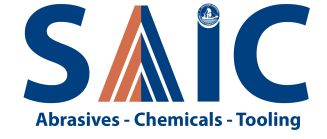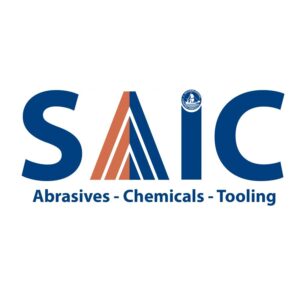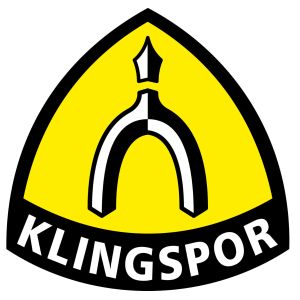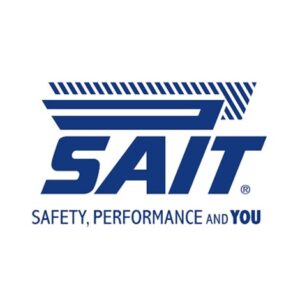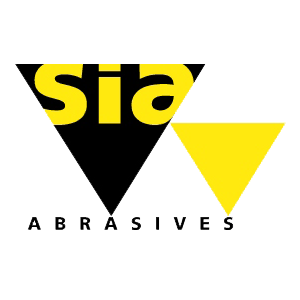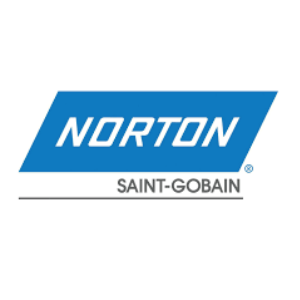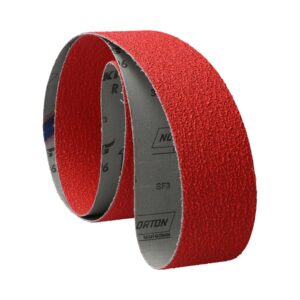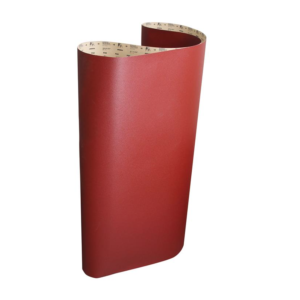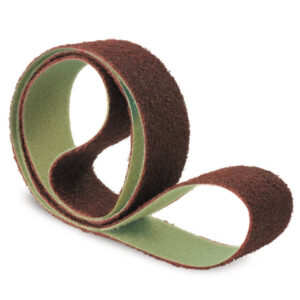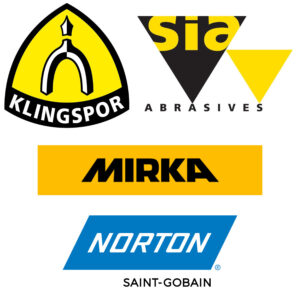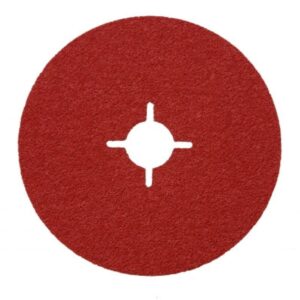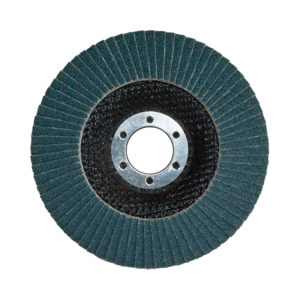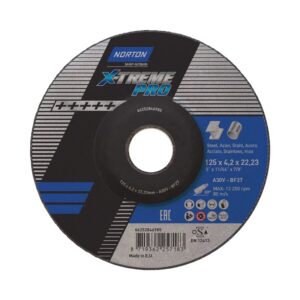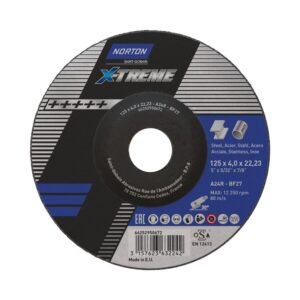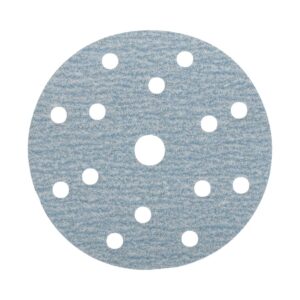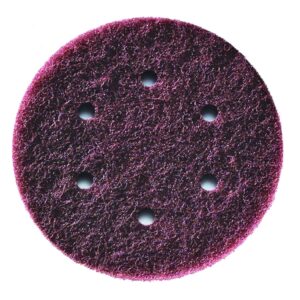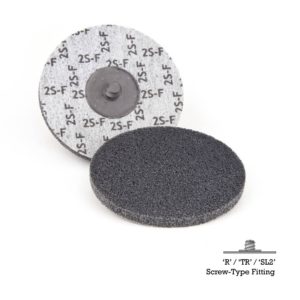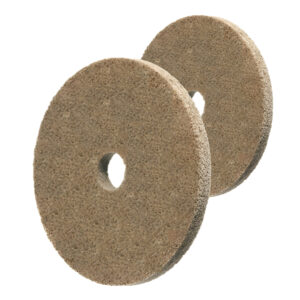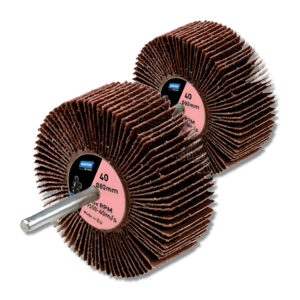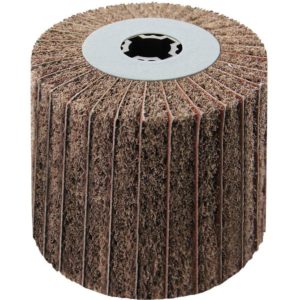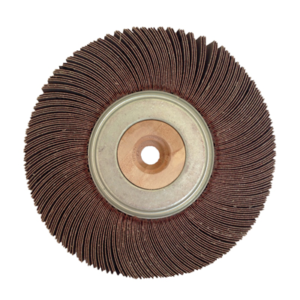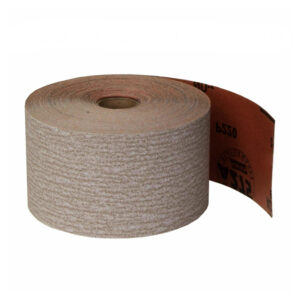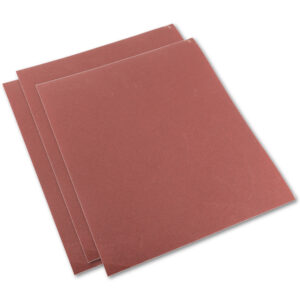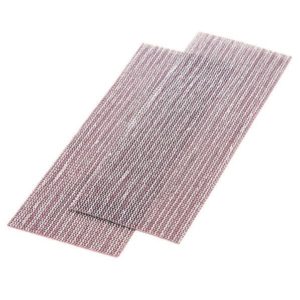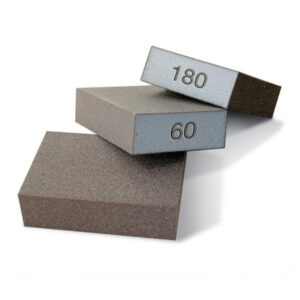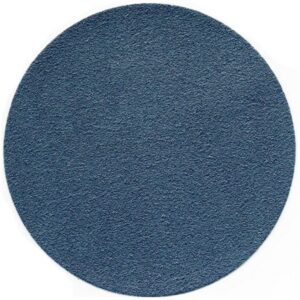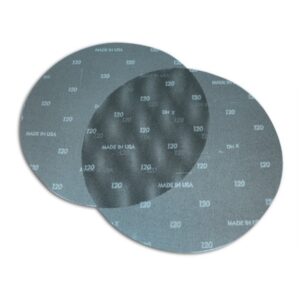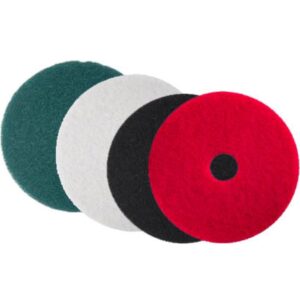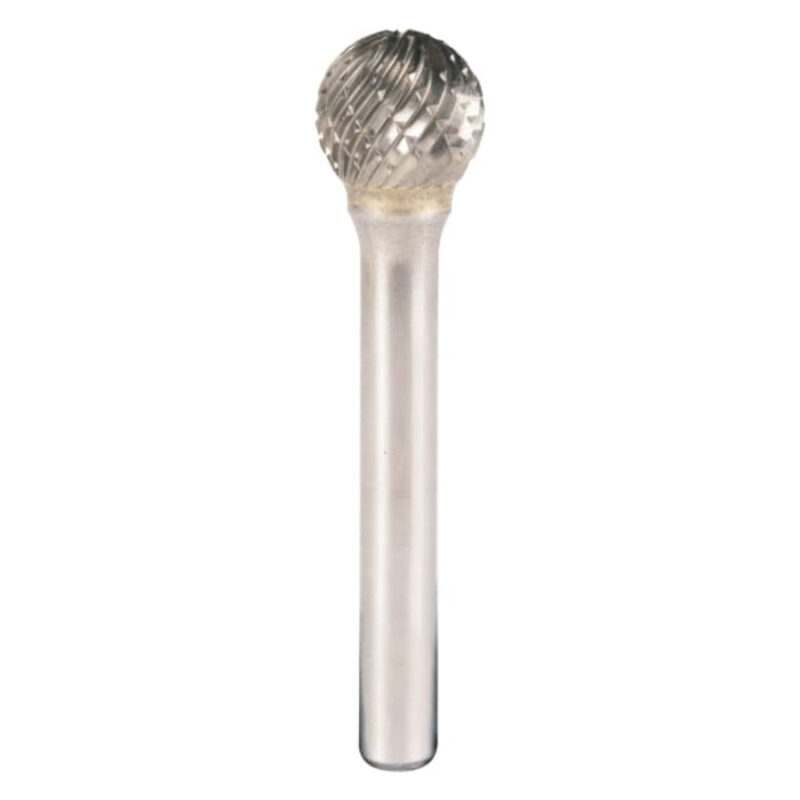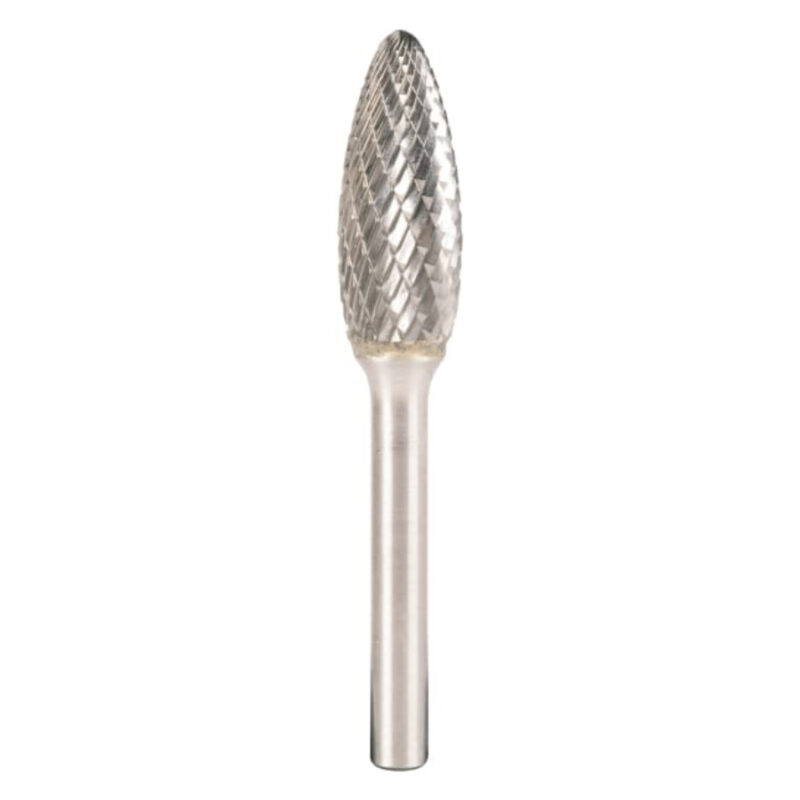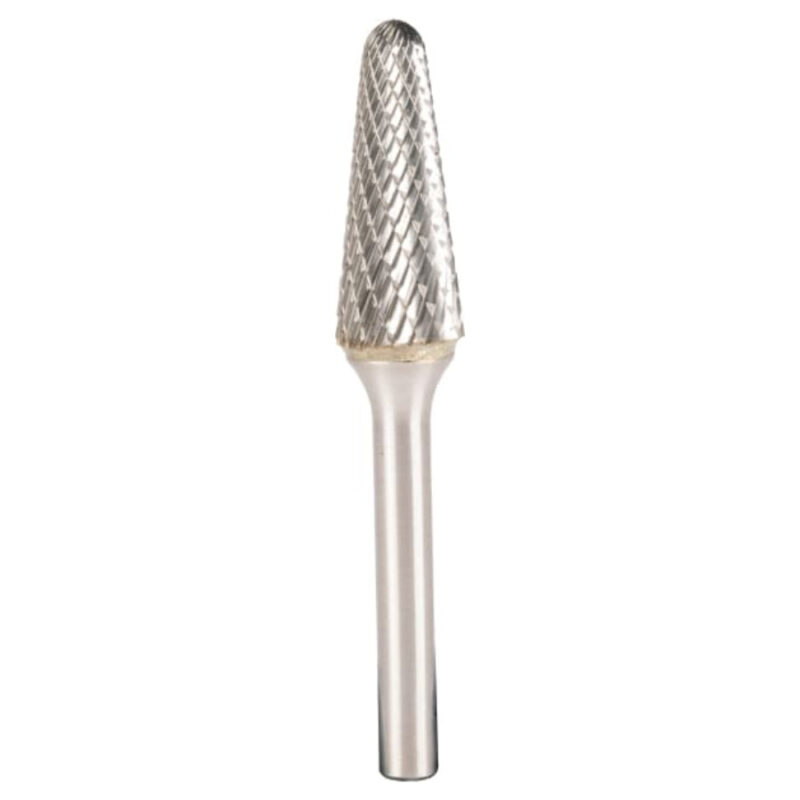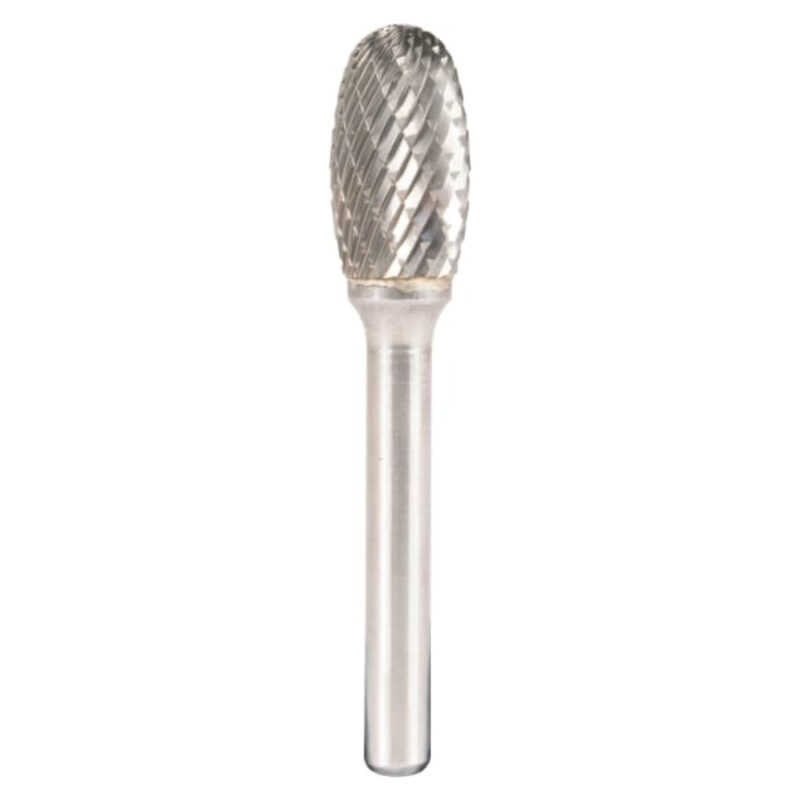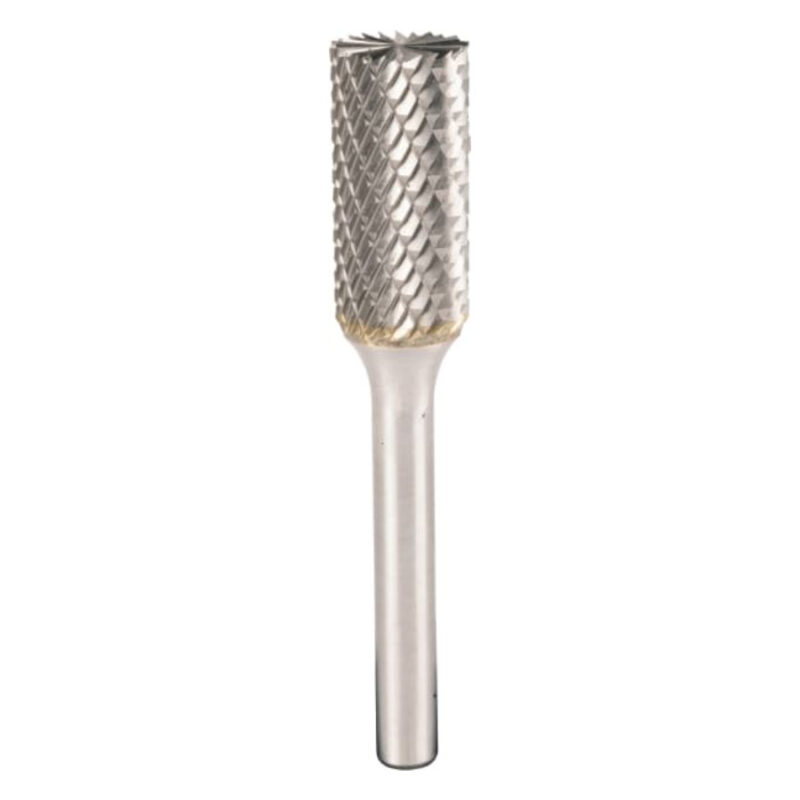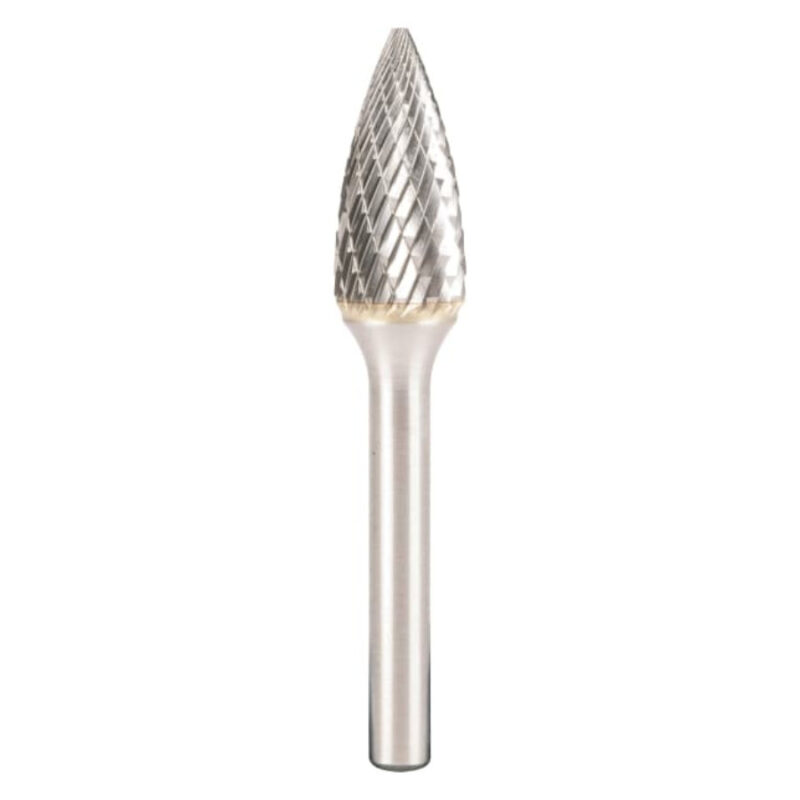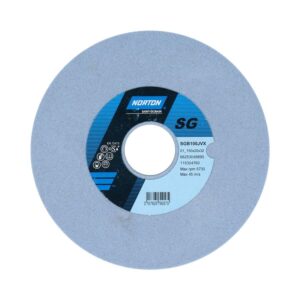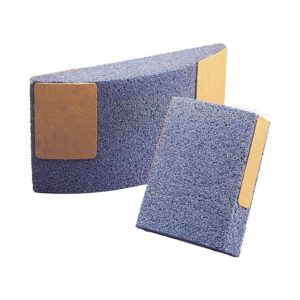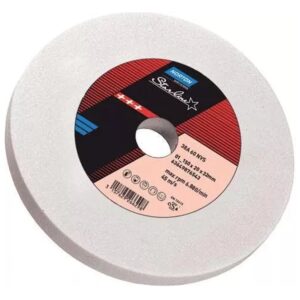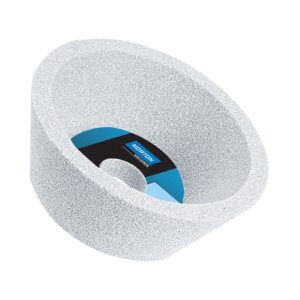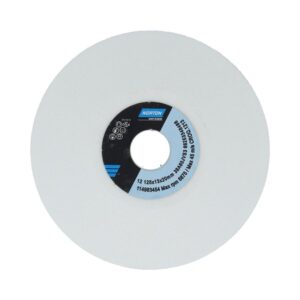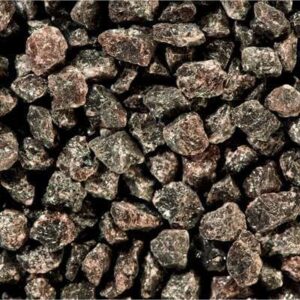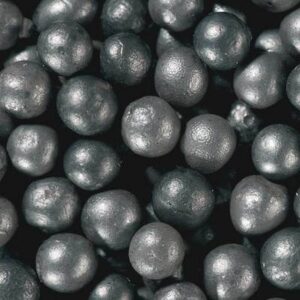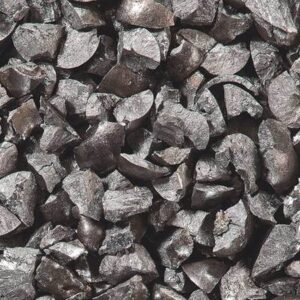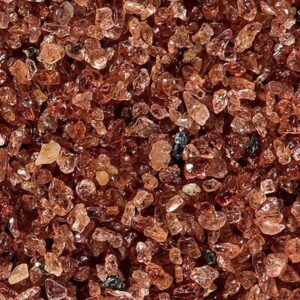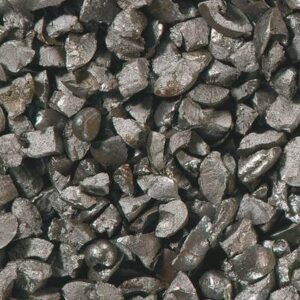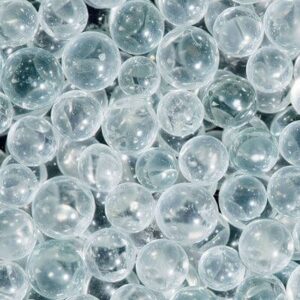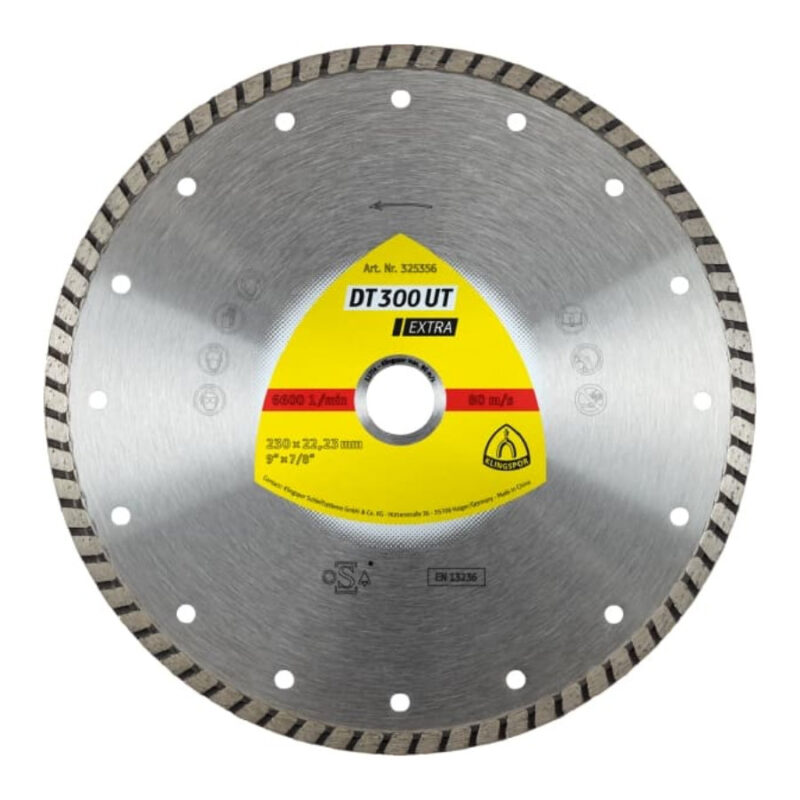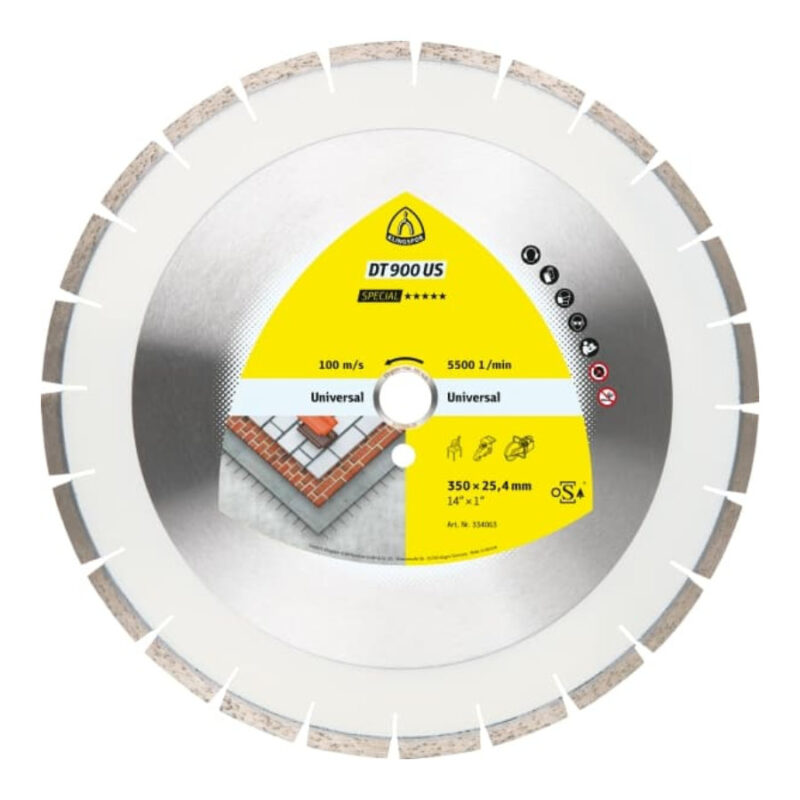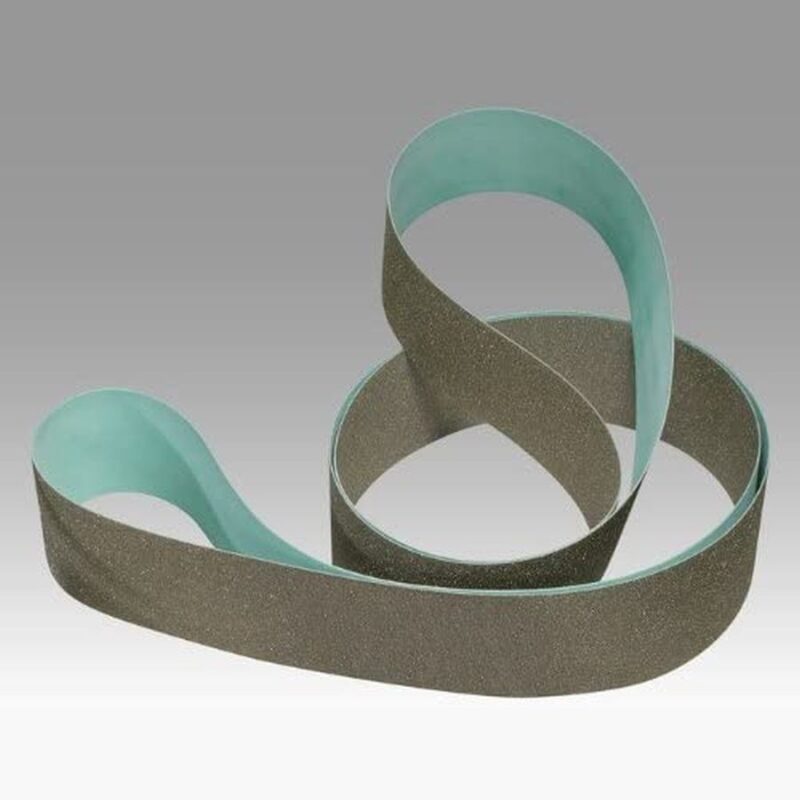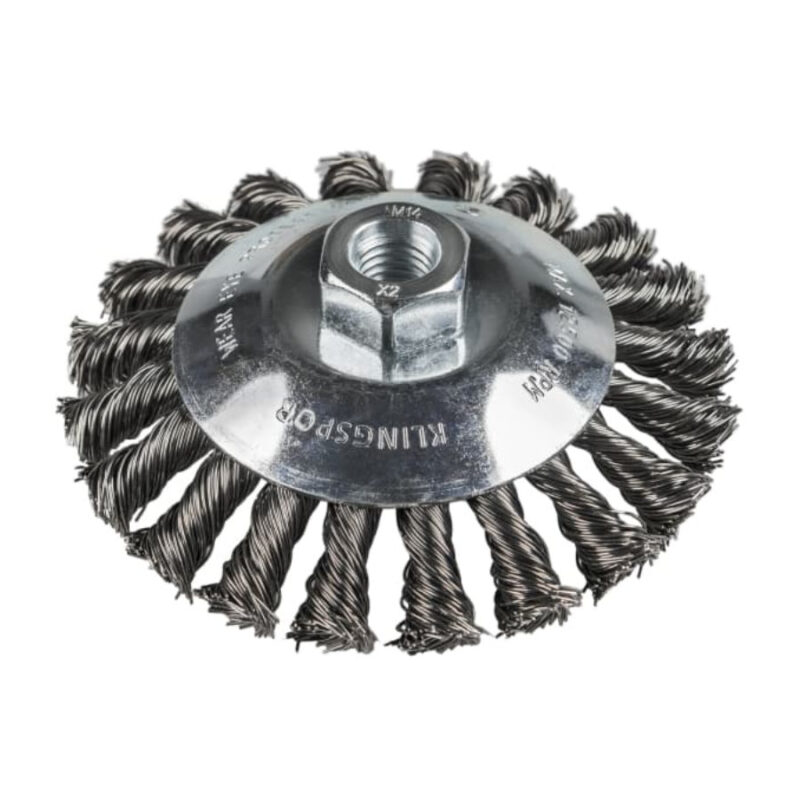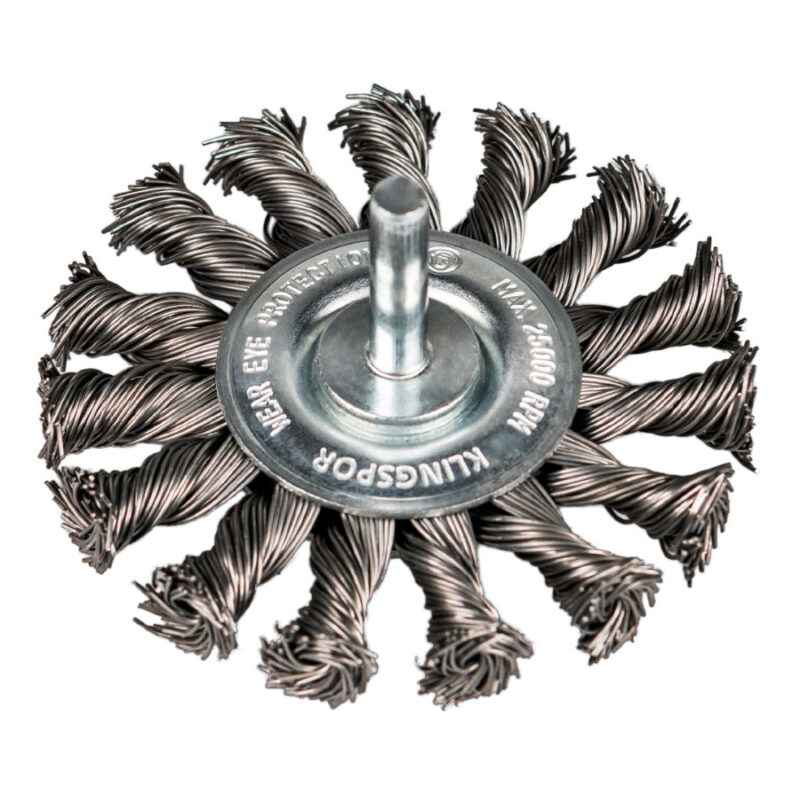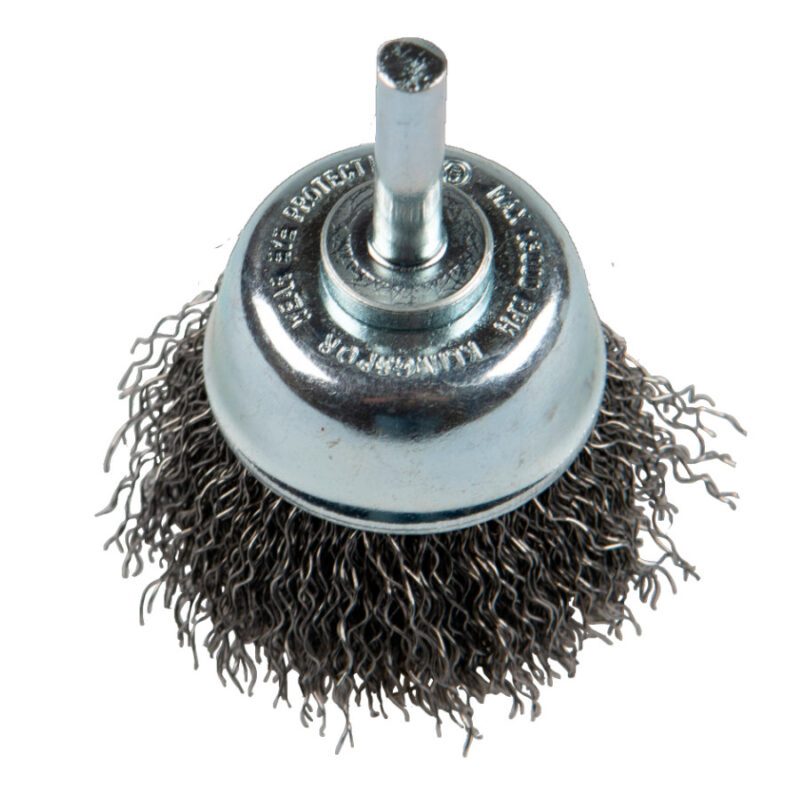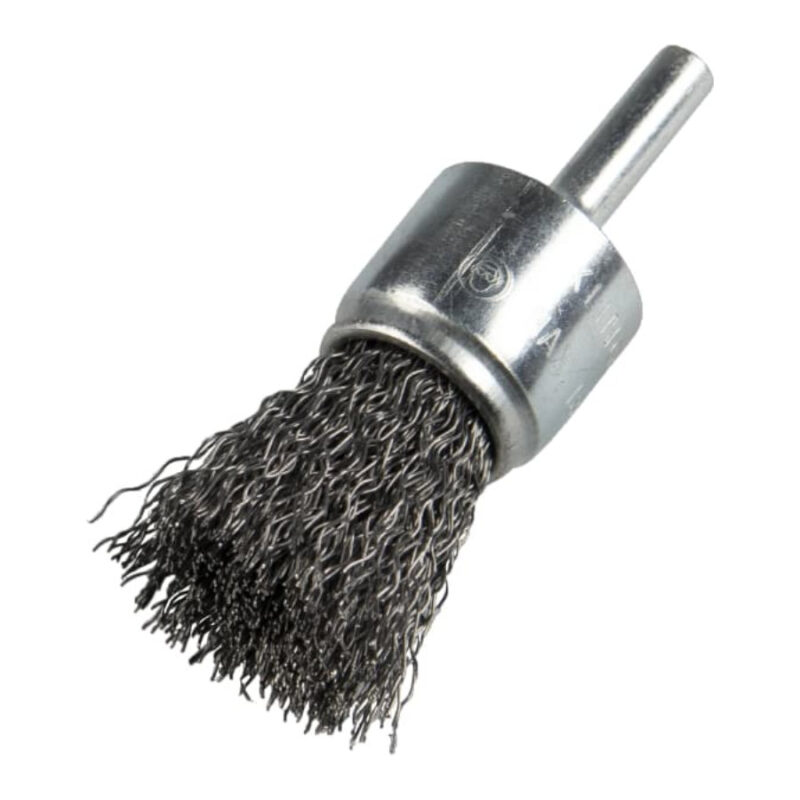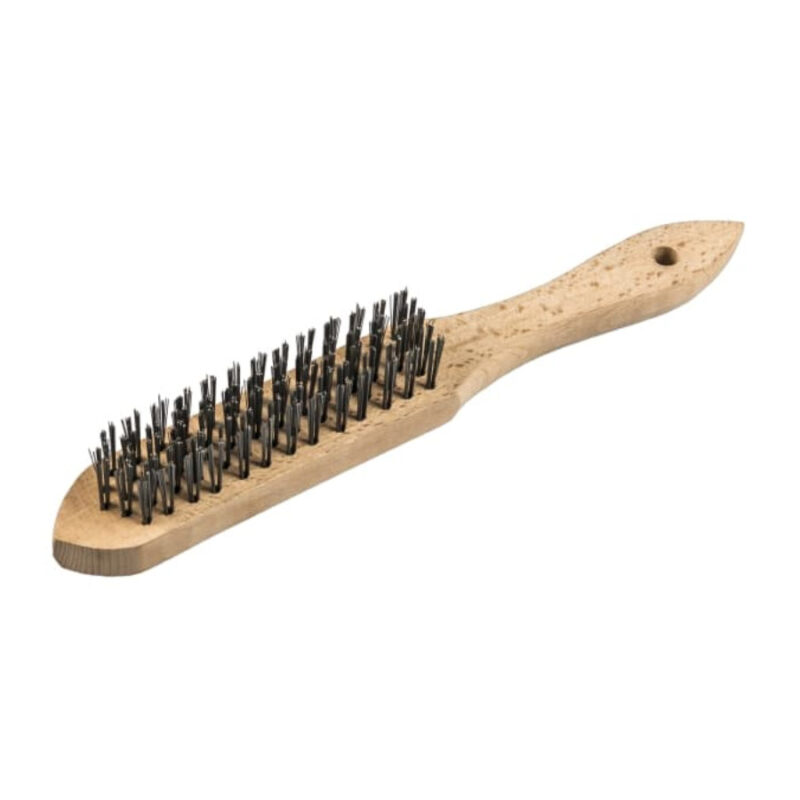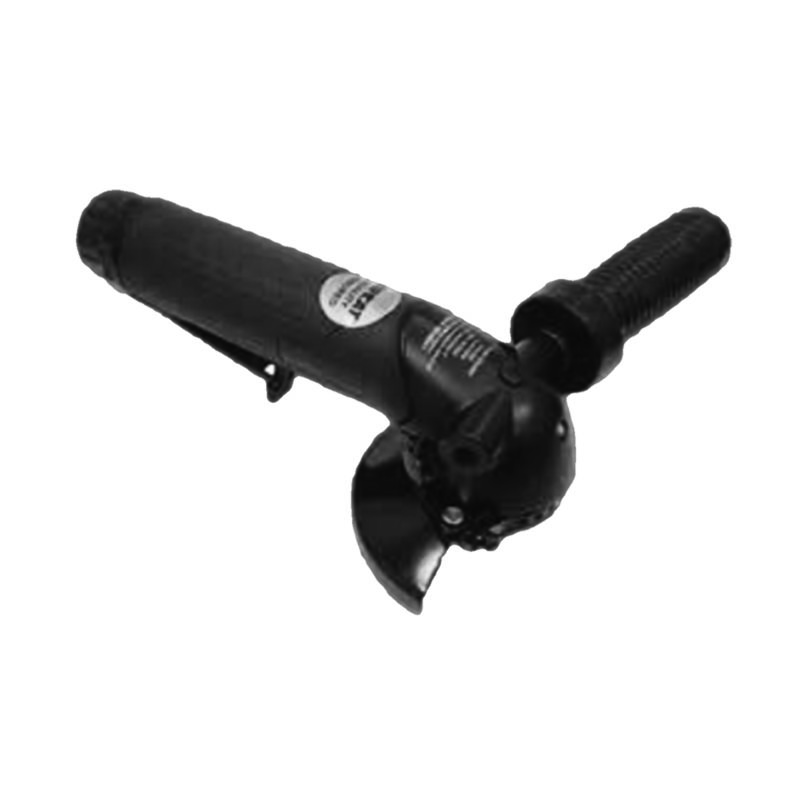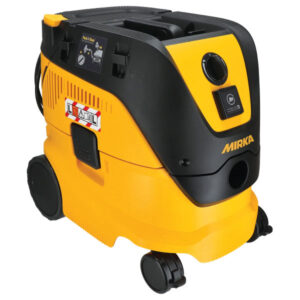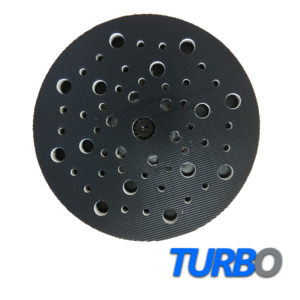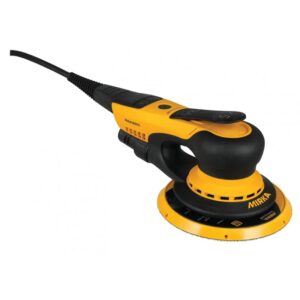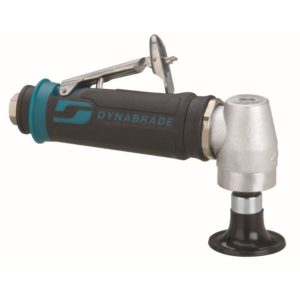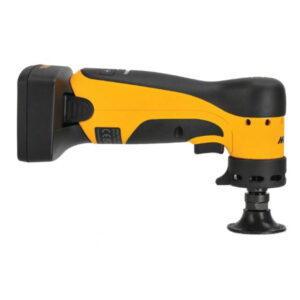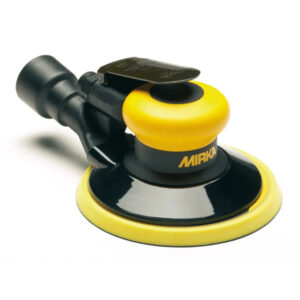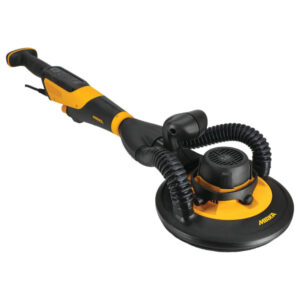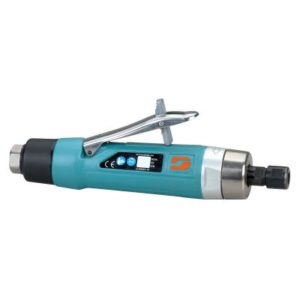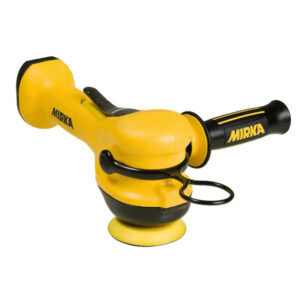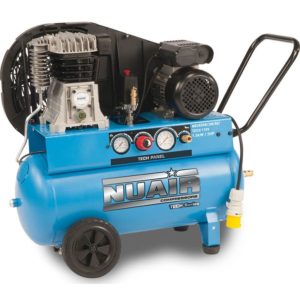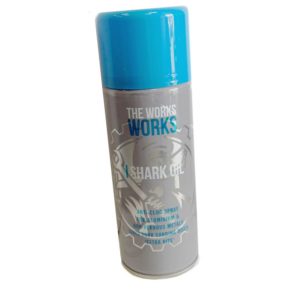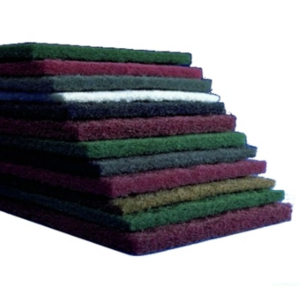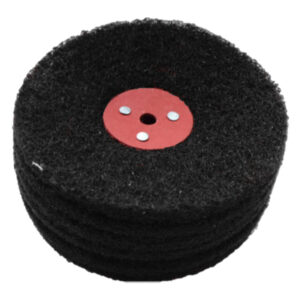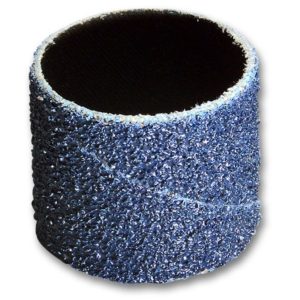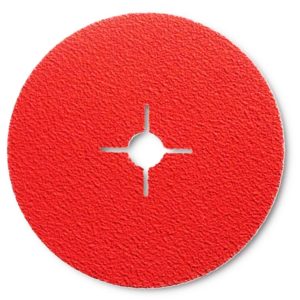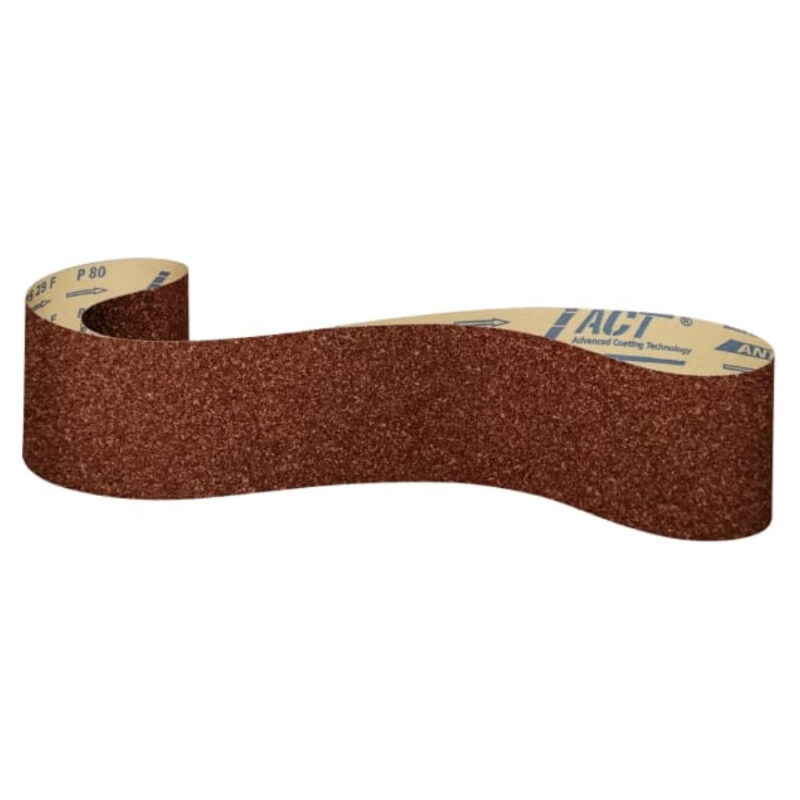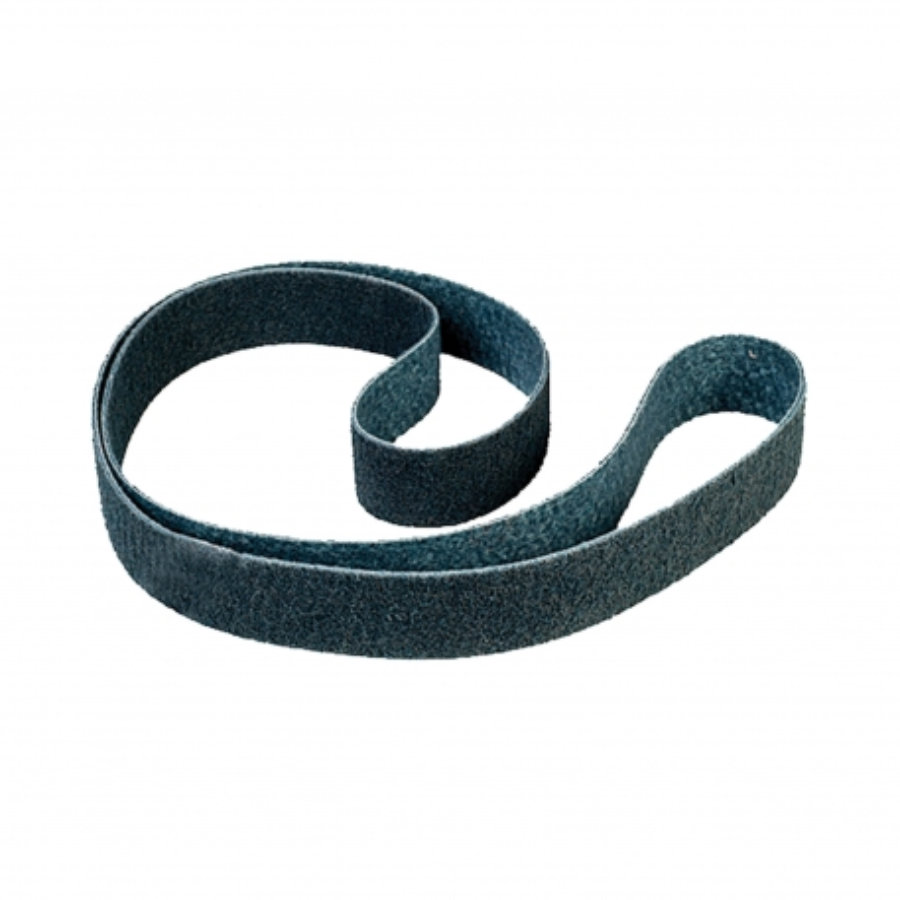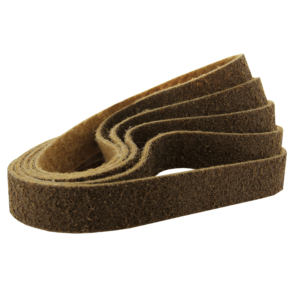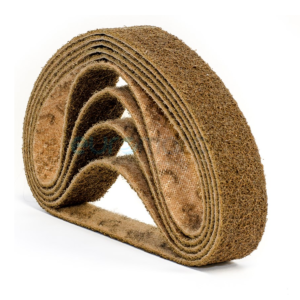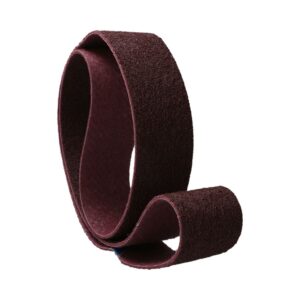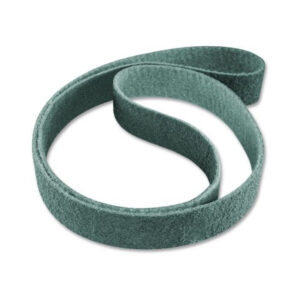Description
Product Description of the Norton Rapid Prep X-Flex Surface Conditioning Sanding Belts
Norton non-woven belts are a good choice for surface conditioning jobs where a very flexible backing is required particularly in file belt applications when working over the edge of a contact wheel and slack-of-belt applications.
The combination of an extremely flexible high performance backing, and reliable belt joint, delivers a product that resists shedding and chunking and outlasts competitive belts up to 2X. No break-in required, allows you to start your job immediately, no wasted time. Simply the best surface conditioning belt for the toughest applications.
Premium low-stretch, flexible nylon fibre bonded to Y-wt. polyester cloth backing is engineered for applications requiring a low-stretch highly flexible product for deburring, blending, and finishing complex shapes and hard-to-reach surfaces.
• Increased life with unique combination of good cut, finish, and life
• Reduces smearing/loading, even on aluminium and high nickel content alloys
• Premium, durable nylon fiber bonded to a strong Y-wt. polyester backing with extremely low-stretch
• Cuts and finishes faster, delivers a consistent, repeatable finish
• Extra flexibility and conformability, perfect for slack of the belt sanding on curves, contours and profiles
• Less rework
• Generate the right finish in one operation
• Produce clean, smooth, de-burred surfaces
• Remove surface defects
• Replace traditionally-used products such as coated abrasives and wire brushes
Substrates
Cast iron; steel; exotic alloys; aluminium; fiberglass; composites
Data Sheet for the Belt Calculator - Norton Rapid Prep X-Flex Surface Conditioning Sanding Belts
Why Use Surface Conditioning Belts?
Non-woven or surface conditioning sanding belts are becoming increasingly popular in the finishing industry due to their versatility and ease of use. They are made up of a combination of nylon fibers and abrasive grains that are bonded together with a resin. This creates a flexible, open structure that allows the belt to conform to irregular shapes and contours.
The main advantage of non-woven sanding belts is their ability to provide a consistent finish across a wide range of materials. They are ideal for use on soft metals, such as aluminum, brass, and copper, as well as hard metals like stainless steel and titanium. Non-woven sanding belts are also highly effective on non-metallic surfaces such as plastics, composites, and woods.
The open structure of non-woven sanding belts means that they are less likely to clog, which is a common problem with traditional sanding belts. This also means that they tend to last longer, which can result in significant cost savings over time. Non-woven sanding belts are available in a variety of grits, ranging from coarse to fine, making them suitable for a wide range of applications.
One of the key features of non-woven sanding belts is their ability to produce a consistent finish without leaving any scratches or marks on the workpiece. This is achieved through the use of abrasive grains that are embedded in the nylon fibers. As the belt is used, the nylon fibers gradually wear away, exposing fresh abrasive grains. This ensures that the finish remains consistent throughout the life of the belt.
Another advantage of non-woven sanding belts is their ability to remove material quickly without generating excessive heat. This is due to the open structure of the belt, which allows air to flow freely through the abrasive layer. As a result, there is less friction generated during use, which reduces the risk of heat buildup and the potential for damage to the workpiece.
Non-woven sanding belts are available in a variety of different shapes and sizes to suit a wide range of applications. They are also available with different backings, including cloth and paper, to provide additional strength and durability. Some non-woven sanding belts are designed specifically for use with portable belt sanders, while others are intended for use with stationary machines.
In conclusion, non-woven or surface conditioning sanding belts are an excellent choice for those looking for a versatile and effective solution for their finishing needs. With their open structure, ability to conform to irregular shapes, and ability to provide a consistent finish, they are ideal for use on a wide range of materials. Additionally, their ability to remove material quickly without generating excessive heat makes them a great choice for high-volume production environments.
